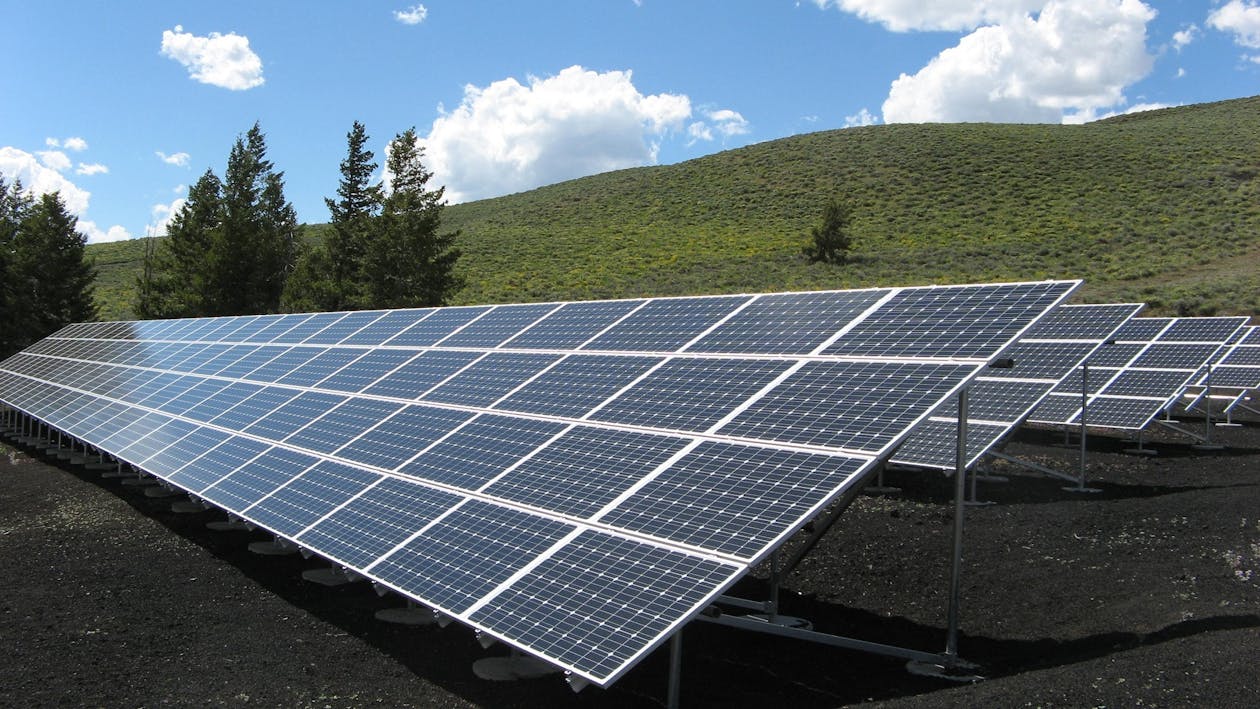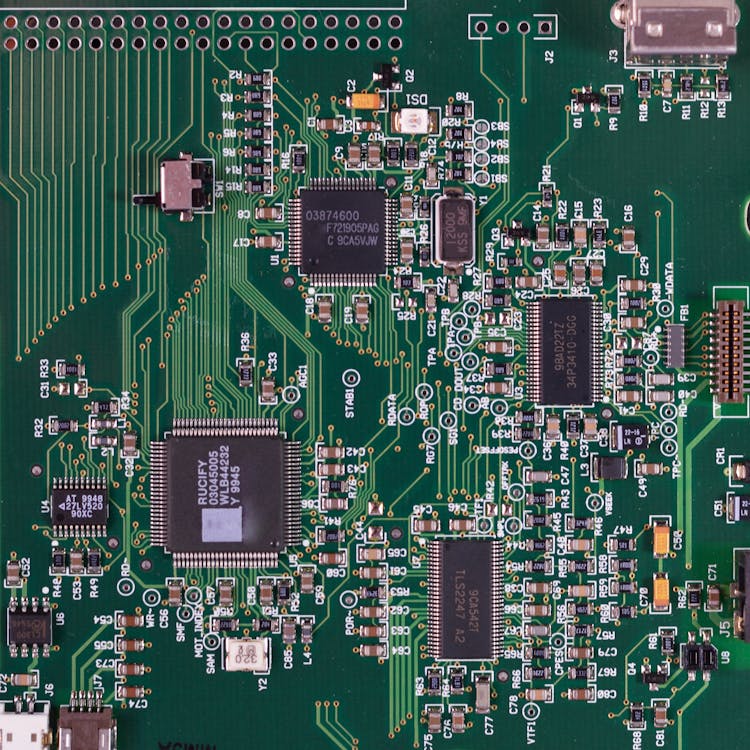Electricity is a critical resource that powers our daily lives. However, it can be hazardous if not handled properly. One way to ensure electrical safety is to install circuit protection devices, such as Residual Current Circuit Breakers (RCCBs) and Earth Leakage Circuit Breakers (ELCBs). These devices may appear similar, but they have distinct differences that set them apart.
 |
| MAXGUARD RCCB 40A (Source: MAXGUARD) |
An RCCB is an electrical safety device that automatically shuts off the power supply when it detects an imbalance in the electric current flowing through a circuit. This imbalance, known as a residual current, results from a leakage of current caused by an electrical fault or shock. RCCBs can detect even a small amount of residual current, as low as 10 milliamps, and disconnect the power supply within milliseconds to prevent electrocution. RCCBs are installed in the distribution board and operate by comparing the current flow in the live and neutral wires. If the current is not equal, it indicates a leakage, and the RCCB disconnects the power supply. RCCBs are sensitive devices and can detect both AC and DC currents.
On the other hand, an ELCB is a circuit protection device that protects against electrical shock and fire hazards caused by earth leakage current. Earth leakage current is a current that flows through the earth wire when there is a fault in the electrical circuit. ELCBs can detect this current and shut off the power supply within milliseconds. Unlike RCCBs, ELCBs operate by comparing the current flowing in the live wire and the earth wire. If the current in the earth wire exceeds a set limit, it indicates a fault, and the ELCB disconnects the power supply. ELCBs are only suitable for AC current and do not provide protection against DC current.
The primary difference between RCCBs and ELCBs is the type of current they can detect. While RCCBs can detect AC and DC currents, ELCBs can only detect AC currents. RCCBs detect imbalances in the current flowing in the live and neutral wire, while ELCBs detect current flowing in the live and earth wire. Additionally, RCCBs are more sensitive and can detect even a small amount of residual current, while ELCBs have a set limit for the earth leakage current they can detect.
In conclusion, both RCCBs and ELCBs are crucial devices that protect against electrical hazards. RCCBs are versatile and sensitive, making them suitable for a wide range of applications, while ELCBs are more limited in their functionality but provide reliable protection against earth leakage current. It is important to choose the appropriate circuit protection device based on the specific needs of the electrical circuit, and a qualified electrician should be consulted to ensure the right device is installed.



























